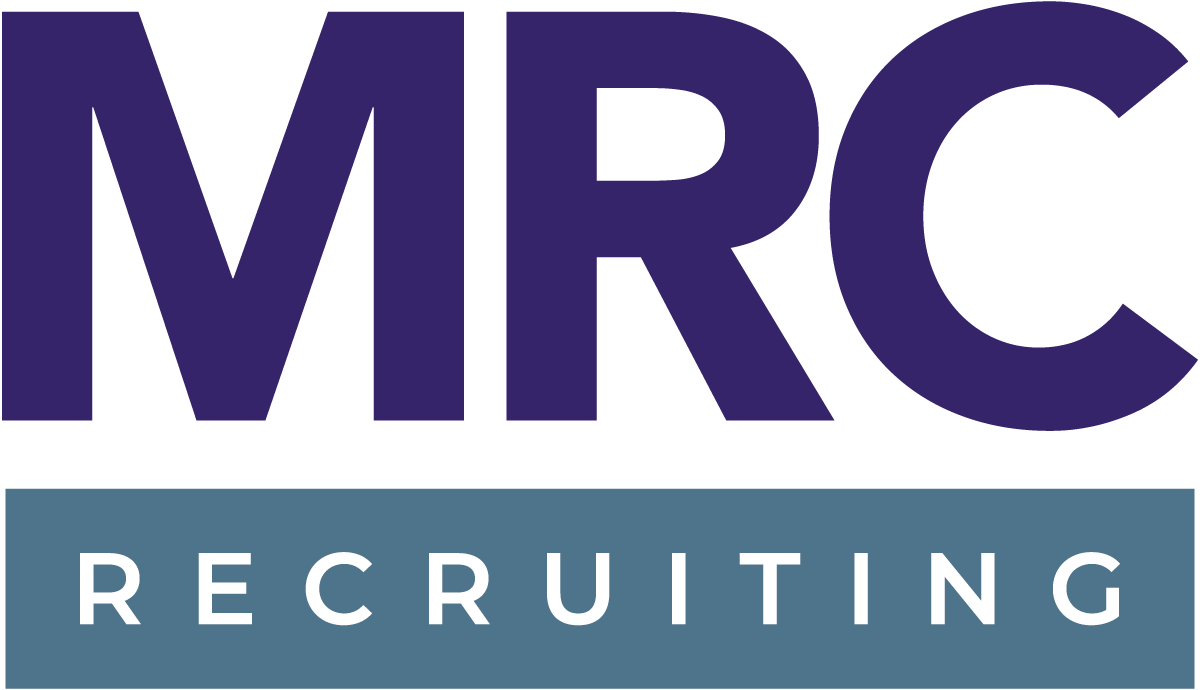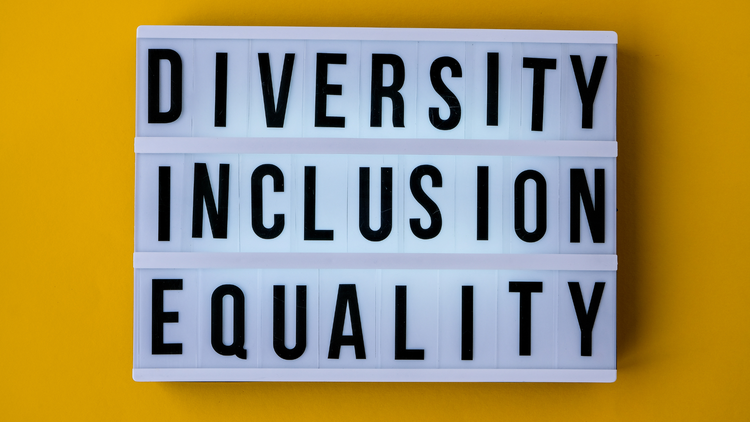The first few times I watched the Charmin television commercials with the animated bear family dancing and talking about wiping and ensuring a clean bottom, I was uncomfortable. Do we really need to sell toilet paper this way? Do we need these kinds of in-your-face bathroom experiences? Can we just go back to the strong vs. soft debate and let it be?
But the more I saw the ads, the more routine they seemed. Eventually, for me and for many, I suspect, the content became commonplace and familiar. I feel the same way about diversity, equity and inclusion (DEI) in workplace hiring practices.
The days when people equated diversity with women and people of color, equity with affirmative action, and inclusion with favoritism is over. If your eyes glaze over when your HR director mentions DEI, you’re in the minority. Diversity, equity and inclusion in your hiring practices is just as important to your company as your production timeline, your R&D, and your bottom line. Yes, really.
If you’re not well-versed in the how’s and why’s for DEI, there’s never a better time than right now to start figuring it out. I’ve developed five easy steps to get you started with your staff.
1. Do some reading and take some training courses. It will help you create awareness for what DEI means (and what it doesn’t). Educating yourself can also help you uncover well-meaning but unconscious bias and some tools to overcome it. Did you know that many common words used in job descriptions have male/female associations? Taking a hard look at things we take for granted is warranted and well worth your time.
2. Make a DEI statement. Show your commitment to casting the widest net to attract talent to your organization. Then tell your staff and potential staff about it. Putting a DEI statement in your employment ads shows that one’s gender, age, name, and background isn’t of consequence. It’s their promise of talent and distinctiveness that matters. Mary Cheddie, a divisional director at the Society of Human Resources Management, says, “In my experience, employees succeed when they fit the culture of the workplace/work team.” So tell them right up front that DEI is a priority.
3. Recognize that opening new conversations like this may create some discomfort, like me with Charmin. It may not be easy for some employees. One way to combat uneasiness from the start is to develop a communication strategy about it. Stemming questions and concerns early helps create a safe environment for everyone and will help support your DEI goals. That strategy must include access. After all, a hallmark of DEI is providing opportunities and access to all.
4. Use tools to help reinforce your new DEI priorities. There are plenty of mechanisms and resources to help your team create inclusive job descriptions and utilize industry data for salary benchmarks to help eliminate gender pay gap issues. Yes, your HR pros are likely already tuned into these, but talk with them about it. When they know it’s a priority for you, they’ll ensure it’s a priority for them, too.
5. Set up or support mentor programs and sponsors in your organization to help create engagement. These are so important to help all people feel a part of the team. MRC knows that engaged employees are happier long-term, and that’s part of our company’s dedication to helping you create mutually beneficial employer/employee partnerships.
There are lots of ways of building up a more diverse and inclusive workforce. Use these small steps to begin creating awareness and generating internal dialogue about DEI.
P.S. While researching information for this article, I discovered Charmin has a booty-themed bop, Toilet Tunes remix that you can listen to. Because it’s 2022, of course they do.
If you’re looking to make a career change, MRC can help connect with us or submit your resume.

